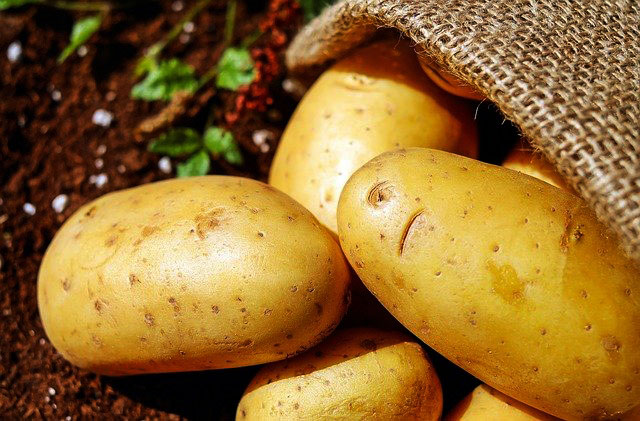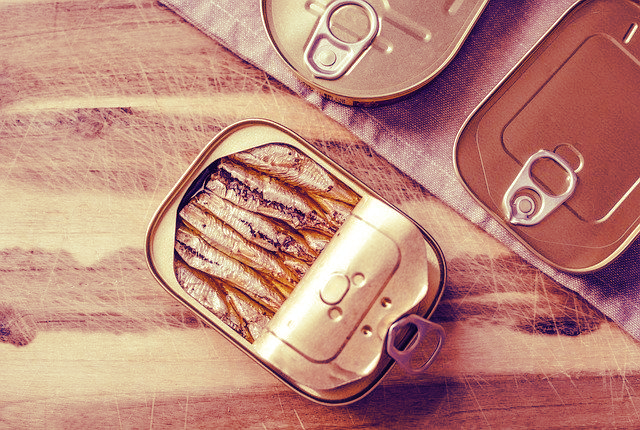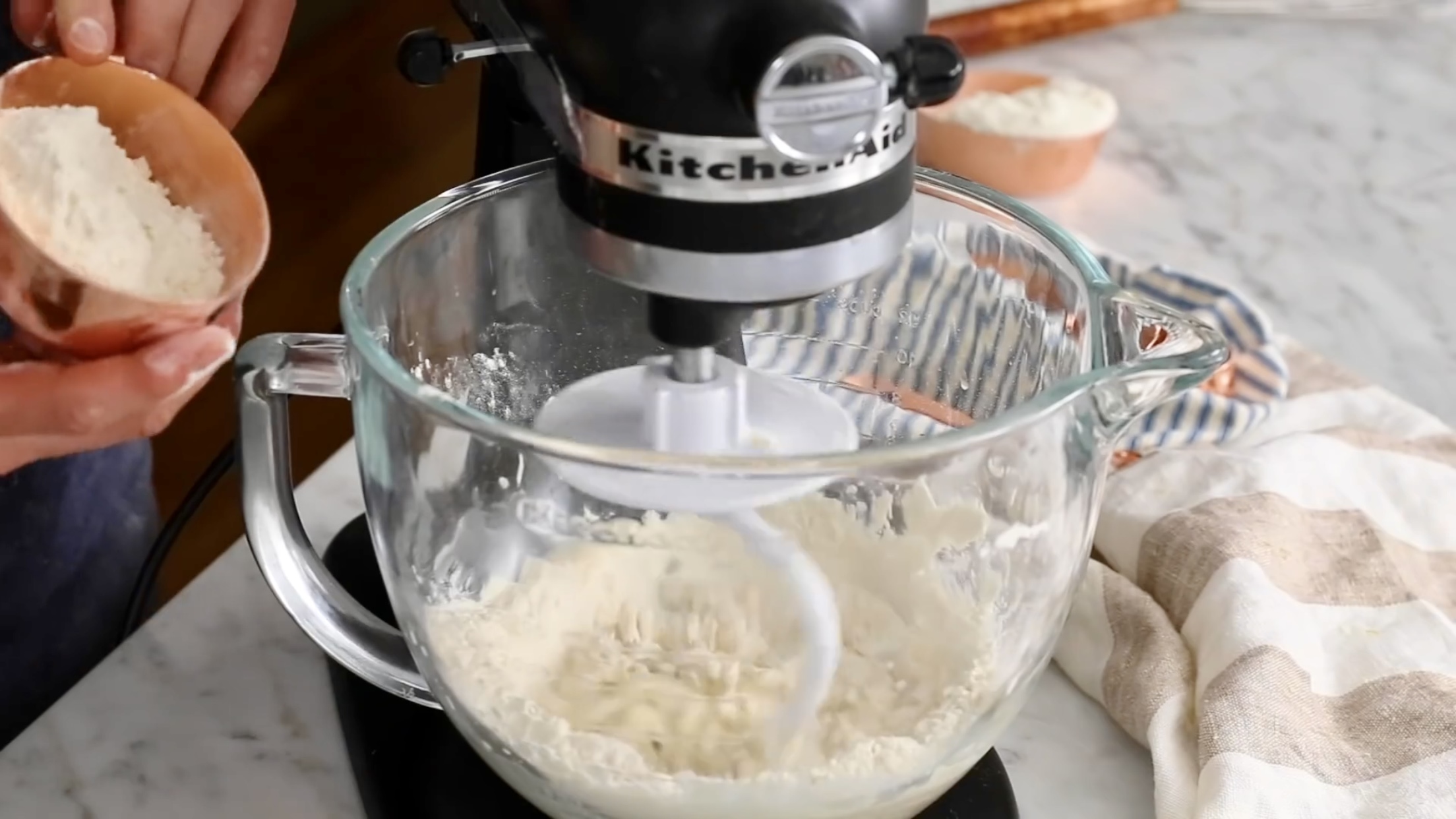As far as we can tell, you did everything right. We always find scones to be a little dry. (And while people are sitting around eating scones and saying, "Oh my gosh, these are so good," we're sitting there silently thinking, "these just seem a little dry." Until you wrote, we thought we were the only ones who suffered from dry scones. Thank you for this important validation!)
befits their Scottish heritage, scones were traditionally made with oats (and were heavy and dense), but they have evolved and are now most often made with wheat flour. In some recipes, they are indistinguishable from American biscuits or Irish soda bread. If you're having scones for afternoon tea, you can slather them with butter, jam, and whipped cream, or if paying tribute to Devonshire and Cornwall, ladle on clotted cream, in which case, it hardly matters if they're dry. Scones made in the US tend to be sweeter than those made in Britain, often covered with a sweet glaze and/or filled with chopped fruit or chocolate chips.
In The New Best Recipe the editorial staff of Cook's Illustrated deconstructs and rebuilds recipes to come up with the ideal recipe for nearly 1,000 dishes. They explain at great length the process by which they chose flour, butter, cream, and all the other ingredients for the best scone – one that is not too sweet, heavy, or dry. We'll spare you their research details and jump straight to the recipe for Cream Scones with Currants. If you find the results to be still too dry, there is a variation for a cakier scone.

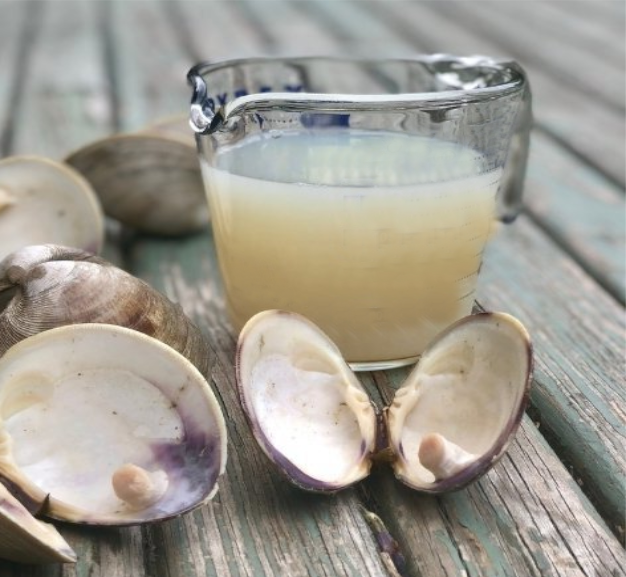


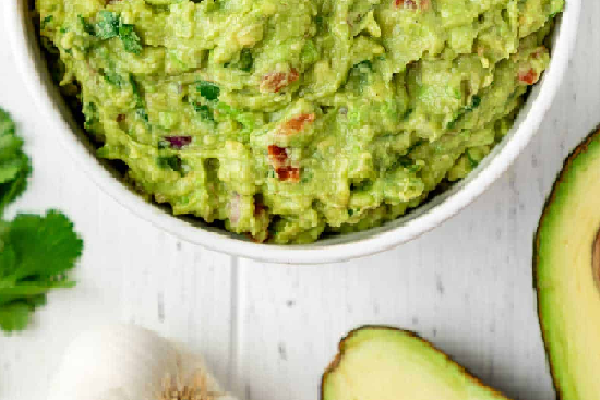




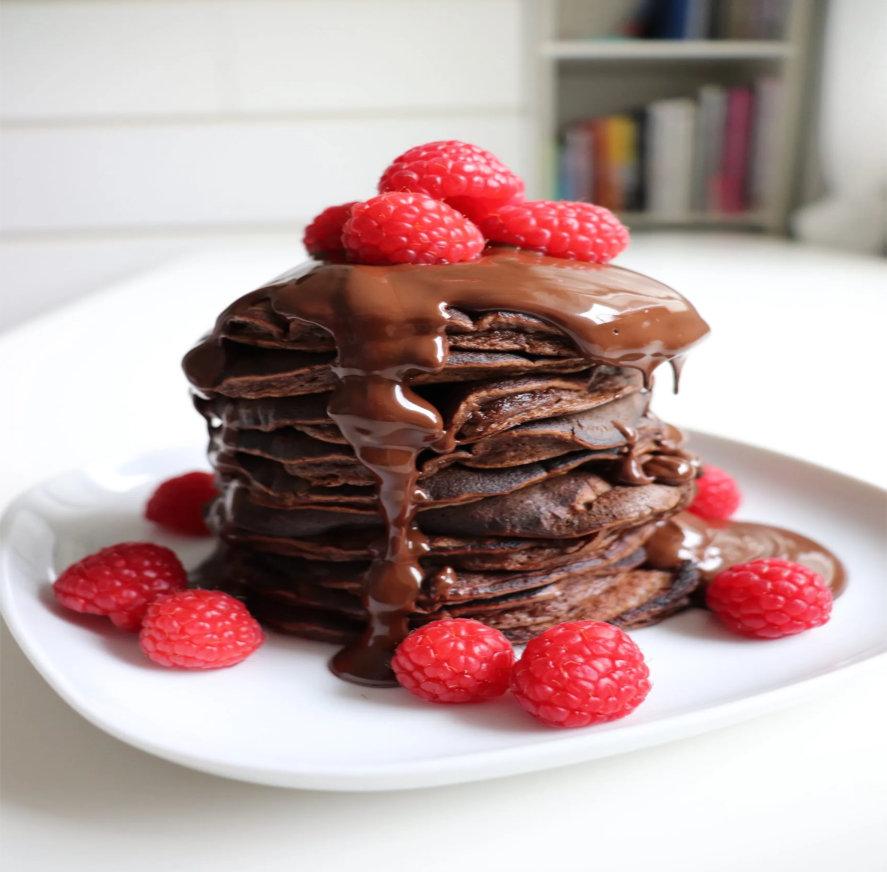
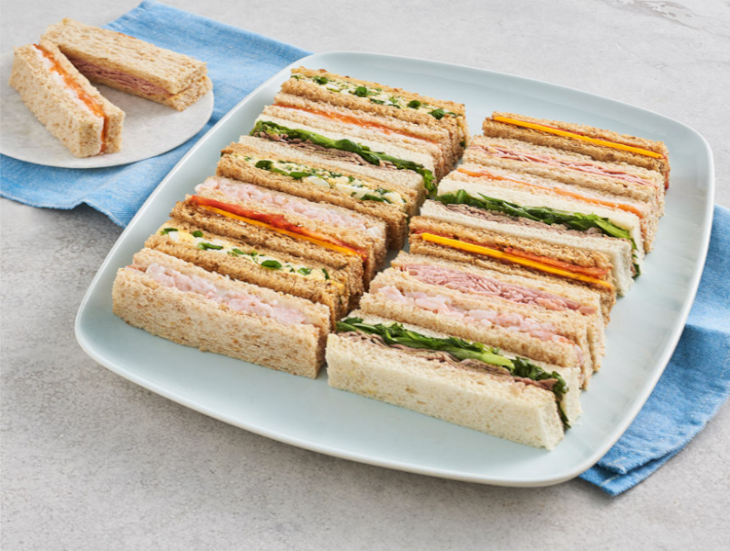



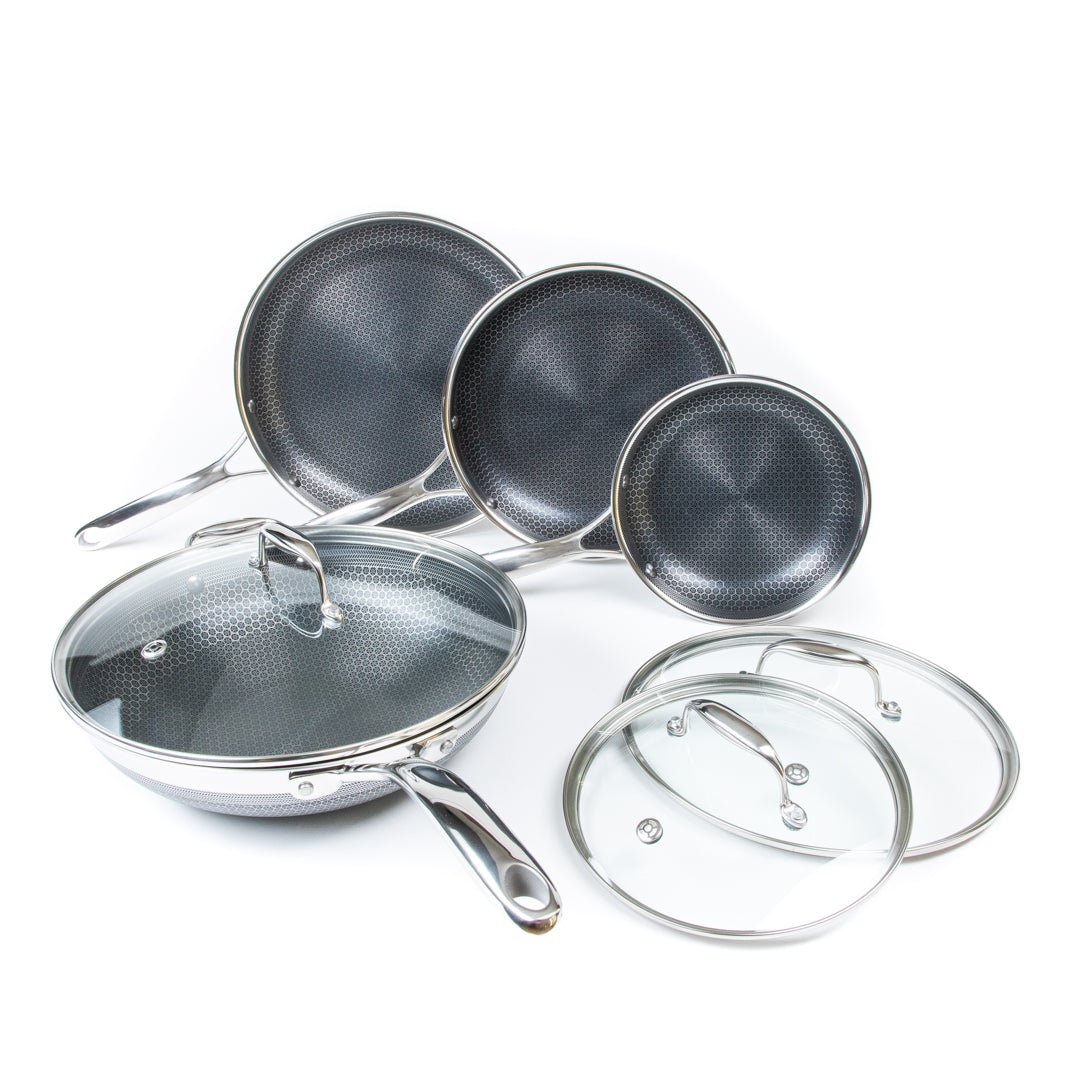


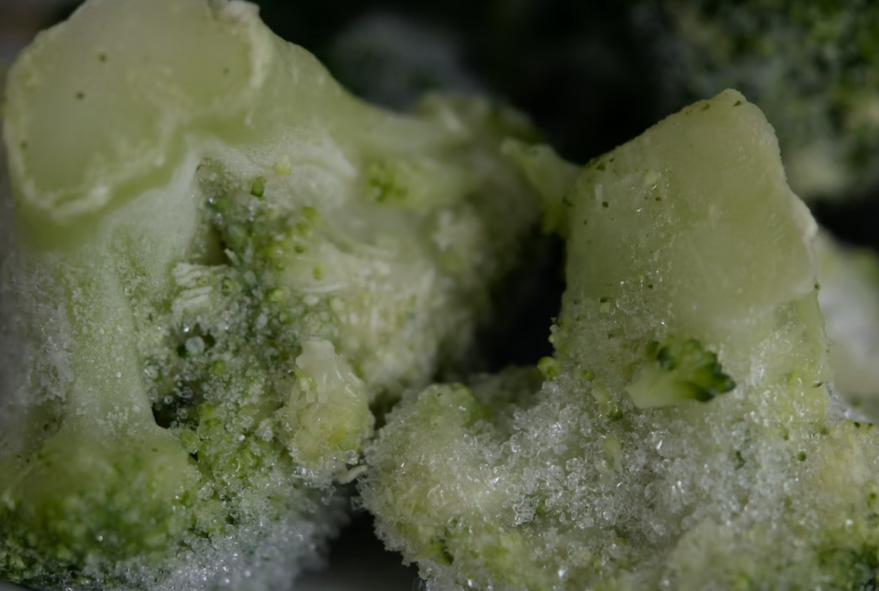



![Can you Cook Eggs in the Microwave? [Complete Guide]](/assets/images/c1f79d1cad59f18f9b5dc31403bd0eb2.png)

